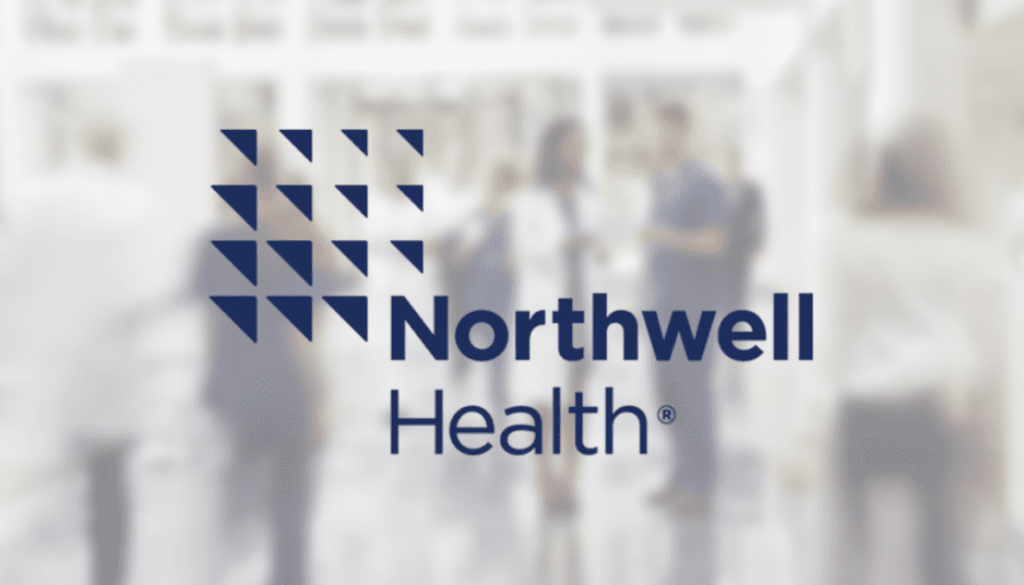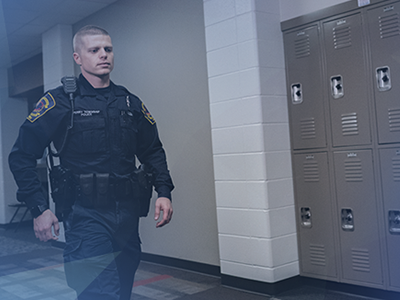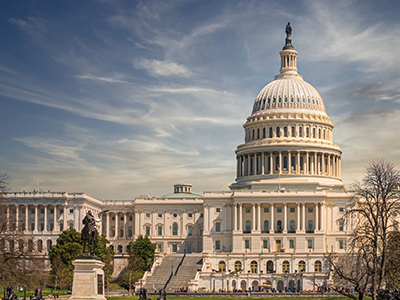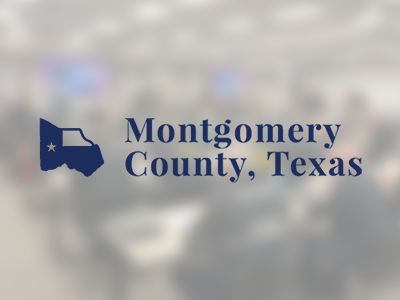Building a Culture of Resiliency Across Higher Education and Healthcare
Customer Success Story
Building a Culture of Resiliency Across Higher Education and Healthcare
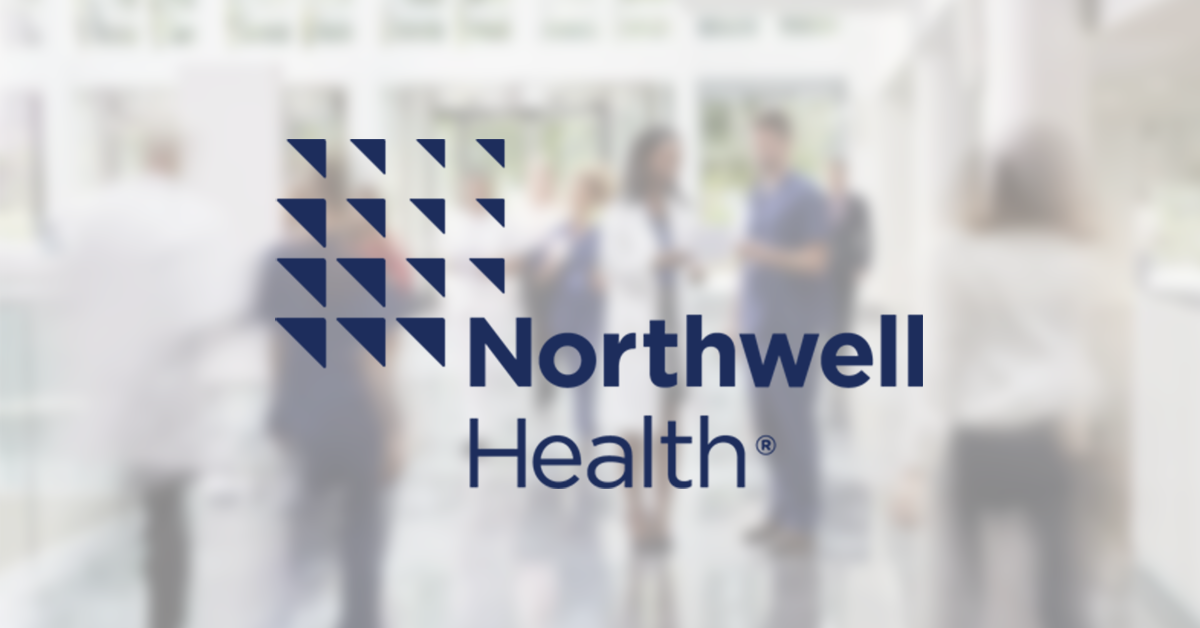

Rosemary Mc Donnell, DPS, MPS
Industry
Challenges Solved
Safety & Protection, Critical Communication, Mass Notification, Incident Collaboration
Customer Details
Northwell Health is New York State’s largest healthcare provider with more than 81,000 employees and 21 locations.
Solution
Every second counts in an emergency. People make crucial decisions on the spot, alert authorities, and keep everyone abreast of emerging developments. Deciding where to go, how to ask for help, and what to do next requires clear thinking under extreme stress, and that is why organizations draft emergency plans, define communications strategies, and train and exercise in emergency preparedness. When a crisis strikes, there is not always time to pore through physical or digital documents for key stakeholder contacts, floor plans, or procedural information. You need all this and more at your fingertips, and the right tools to guide you to safety.
Emergency preparedness is not just a “nice to have” deliverable. All organizations must comply with local, state, and federal emergency preparedness regulations. You have to deal with building codes and accessibility issues and create contingency plans to ensure service continuity in a prolonged crisis. It is not something that can be hastily checked off the to-do list and then forgotten.
Emergency Preparedness Is a Full-Time Job
As the senior emergency management program specialist at North Shore University Hospital (NSUH), I oversee our organization’s emergency and resilience program, policy development, and strategic planning. We are a teaching hospital on Long Island and part of the Northwell Health network, New York’s largest healthcare provider with 21 hospitals and more than 800 clinics in the metropolitan area.
I organize safety training and exercises, draft and revise emergency plans, and maintain our crisis communications to ensure that timely, accurate, and practical information reaches all of our constituents, including staff, patients, and visitors. I also oversee regulatory compliance and liaise with my corporate counterparts at Northwell Health to ensure that the hospital is aligned with the crisis management priorities of our entire network. Finally, I serve in an operational leadership role in the event of an emergency.
Prior to joining Northwell more than a year ago, I worked in a New York City hospital through the initial wave of the COVID-19 pandemic, coordinating with the Emergency Preparedness Coalition of Manhattan. Before that, I worked in Emergency Management at a NYC institute of higher education. NSUH is in Manhasset, a hamlet in Nassau County on the North Shore of Long Island, and I welcomed the opportunity to work in and serve the community I call home. Throughout my career, I have built cultures of personal and organizational safety and resiliency at respected educational and healthcare organizations, but this is my first experience at a Level 1 Trauma Center with a bustling emergency department.
NSUH is part of a large health system with a corporate structure, and while our system had directives regarding crisis management, we needed a safety app to enhance our emergency preparedness program. I had the perfect tool for the job, based on my past experiences.
Bolstering Emergency Preparedness in an Educational Setting
Prior to working in healthcare, I worked in higher education where I was hired to improve crisis communications among faculty, students, and staff. Before my arrival, an emergency incident had unfolded on campus, and the university’s crisis communications failed. The event turned out to be a false alarm, but it exposed a serious flaw: there was no communication between the organization and the community during an incident that could have immediately affected life and safety.
We seized the opportunity to overhaul our emergency response program and build a culture of resiliency and preparedness. We offered emergency training for various scenarios for staff and students, and we created accessible abbreviated emergency plans. Still, we did not have a way to bring all this information together, a mechanism to report emergencies, or a way to communicate a coordinated response to the entire community during a crisis. We needed to build our community’s trust back and encourage personal preparedness in their everyday lives, not just while they were on campus.
We put out an RFP and met with several vendors. At the end of that process, we chose AppArmor (acquired by Rave Mobile Safety in February 2022) as our consolidated mass communication and incident response app. Rave’s AppArmor gave us everything we needed: handheld access to emergency plans, a one-button emergency reporting solution, instant communications between community members, and tools to contact and share information with emergency responders.
Customized Emergency Management for Students and Staff
AppArmor was easy to set up and easy to use. More importantly, it was branded with our name, logo, and colors: visual identifiers that were crucial in driving adoption of our university’s app. People hesitate to add a third-party safety app to their personal devices, but are willing to download and use it if it comes from an organization where they belong.
AppArmor was an immediate success. Students, staff, and faculty felt more comfortable with the concept of emergency management, and more people showed up at our training sessions. We also conducted a post-launch Culture of Safety survey, and our constituents expressed that they felt safer on- and off- campus compared to how they felt right after the false active shooter event.
One of our primary goals was ensuring new students were familiarized to our culture of safety. I equipped our faculty and staff with our custom-branded app during student orientation and emergency preparedness training sessions to help new arrivals embrace our safety measures and programs. AppArmor made it easy to train our staff so that they could, in turn, prepare our students.
AppArmor was the hub we needed to house and promote all of our new safety initiatives. It helped us rebuild trust with our community and showcase our efforts to bolster safety and communication within the organization.
“A mobile safety app can help build trust within an organization and showcase a company’s efforts to bolster safety and communication.”
ROSEMARY MC DONNELL
DPS, MPS
NORTHWELL HEALTH
Bringing an Afterthought to the Forefront of Healthcare
My next role was at a private hospital in New York City that specialized in elective surgeries. We did not have an emergency department, so emergency preparedness was not at the fore of our thought when I arrived. Very early on, I realized we needed a crisis communications overhaul. We did not have a mechanism that defined how emergency notifications were sent out or who was allowed to send them, and there was no backup plan in case our communications channel failed.
I formed a subcommittee to delve into the crisis communications issue—knowing full well that we were a perfect candidate for AppArmor. We had a very flexible corporate culture, and once I demoed the prototype AppArmor built, we signed a contract within a couple of months.
That was August 2019, six months before the pandemic changed everything. Our hospital needed to adjust to travel restrictions, infection control protocols, and evolving PPE and social distancing guidelines. AppArmor was the perfect resource to house and update all of this timely information. We could make real-time changes and push them out in minutes.
New York City, where the hospital is located, was a different environment in the early days of the pandemic, and some of our staff did not feel comfortable walking to the subway alone, even in our very safe neighborhood. We could not provide a personal security officer escort to everyone who requested one, so we used AppArmor’s Friend Walk feature, which allowed staff to share their location with a loved one while they walked to their destination.
We also wanted to offer resources to staff in situations that are unrelated to workplace safety. At one point, one of our employees went through a divorce, and their ex-partner was stalking them. They wanted someone to be with them as they went from the hospital to the subway station, but we did not necessarily have the safety or security resources to devote to this one person—and even if we did, what if it happened with another employee? We wanted a long-term solution, and the Mobile Panic Button and Friend Walk features worked well for us. It was nice to have something concrete to offer rather than telling someone, “You’re not technically on the hospital’s property. You’re on your own.” We cared about everyone’s safety, even while they were not at work, and AppArmor provided us with the peace of mind that our staff had some support when they were off premises.
Selling AppArmor Ahead of an Accreditation Survey
I moved on from my role at the healthcare facility in New York City to my current position at North Shore University Hospital. By then, I knew what a holistic emergency management program looked like. I understood that you could do all the planning, training, and exercises in the world, and an emergency preparedness program would fail without a central, easily accessible information repository. Throughout my career in emergency management, I have learned that unless your emergency measures are top of mind, your staff is not going to implement or utilize them.
I audited our emergency management program to see what needed improvement. In addition to not having a safety app, I saw that NSUH was coming up for our Joint Commission accreditation survey, which holds substantial importance in healthcare. The Joint Commission has rigorous performance standards, and being accredited proves that you meet or surpass government standards. Joint Commission surveyors emphasize emergency management in its own standalone chapter, and they have considered AppArmor as an excellent way for staff to find and refer to emergency procedures in past surveys I had experienced. I was confident that obtaining AppArmor was the appropriate solution for us.
Nevertheless, I had to sell AppArmor to my hospital’s leadership, as well as Northwell’s Corporate Crisis Management and Cybersecurity teams. All three agreed on one of my key points: we lacked a backup form of mass notification to staff mobile devices if our mass notification system vendor went out of service. I also highlighted how AppArmor made it easy for staff to access emergency procedures, evacuation plans, and ongoing emergency preparedness training materials.
“You can do all the planning, training, and exercises in the world, and an emergency preparedness program will fail without a central, easily accessible information repository.”
ROSEMARY MC DONNELL
DPS, MPS
NORTHWELL HEALTH
Preparing for Every Contingency
Once I had their approval, I rolled out AppArmor and created two in-app reporting mechanisms, one to report environmental safety issues and the other to report security concerns. Both of these replicate the function of a physical panic button, except they reside in a custom-branded NSUH app (powered by the AppArmor platform) on staff members’ devices. If somebody identifies an environmental issue, such as a missing ceiling tile in the cafeteria or a broken faucet in a utility room, they can signal it via the app’s report a safety tip function. If a patient is aggressive or a visitor is exhibiting suspicious behavior, they can simultaneously report that and send an alert to Security Department leadership via the app’s report a security tip function. Workplace violence is a serious issue in a dynamic hospital with a bustling emergency room. We have physical panic buttons, but staff members are not always in a location with one of the panic buttons nearby. Rave’s AppArmor offers them the ability to report an incident, from the palm of their hands, without making noise.
One of our hospital’s biggest challenges was providing quick and easy access to our emergency care plans in case of a mass casualty event like an active shooter attack or helicopter/helipad crash. There are different ways to triage and treat trauma patients when the emergency room is overwhelmed, like Simple Triage and Rapid Treatment (START). Doctors and nurses rely on this algorithm to prioritize who gets care. In the past, we printed out the START checklists or provided wallet-size versions to our staff. Today, everybody can access this emergency protocol on the AppArmor app. We also store our mass decontamination protocols on the solution in case of a chemical spill or other hazardous materials incident.
Encouraging Organization-Wide Adoption
While I assumed that the most difficult parts of this implementation process would be creating the content and branding features for the app, the hardest part was actually getting the marketing part right and ensuring people downloaded it and understood its capabilities. If people do not utilize the app, it will not contribute to the organization’s culture of preparedness.
The AppArmor team assisted by providing me with screenshots and other advertising pieces featuring the app. Swag is another excellent way to get people’s attention. While working in higher education, I created and distributed first-aid kits and flashlights with branded with messages inviting students to download our AppArmor safety app. In the healthcare setting, however, I have found that in-person conversations work best. Like many other hospitals, NSUH conducts environment of care (EOC) rounds that evaluate the safety standards on each unit and department. I have added questions about emergency management to these rounds and created an opportunity to talk to people about the app, show them how the solution works, and make sure that they know what a great resource it is. These conversations help me determine the features to highlight in our internal marketing campaigns.
“If people do not utilize the chosen solution, it will not contribute to the organization’s culture of preparedness. ”
ROSEMARY MC DONNELL
DPS, MPS
NORTHWELL HEALTH
A Little Effort Goes a Long Way
Pitching an app as part of a holistic emergency preparedness strategy can be intimidating, especially if an organization is not tech-forward. But the AppArmor team offers a plethora of support. They create the customized app, so all you need to do is provide the content, and implementation comes down to setting up the single sign-on (SSO) integration. It takes minimal effort and time commitment to convert existing plans and tools to pocketable mobile versions.
Regardless of the setting, Rave’s AppArmor plays an instrumental role in creating a culture of resiliency. It makes establishing, updating, and communicating emergency preparedness plans simple and provides a robust mass communication tool in times of crisis, as well as “blue sky” days.
More From Rave Mobile Safety
Talk With An Expert
Discover our prepackaged solutions or configure a package that’s right for your community, company, K-12 schools and higher education system. Learn how you can be up and running in days, take advantage of unlimited emergency usage, and benefit from unbeatable performance and customer satisfaction.

